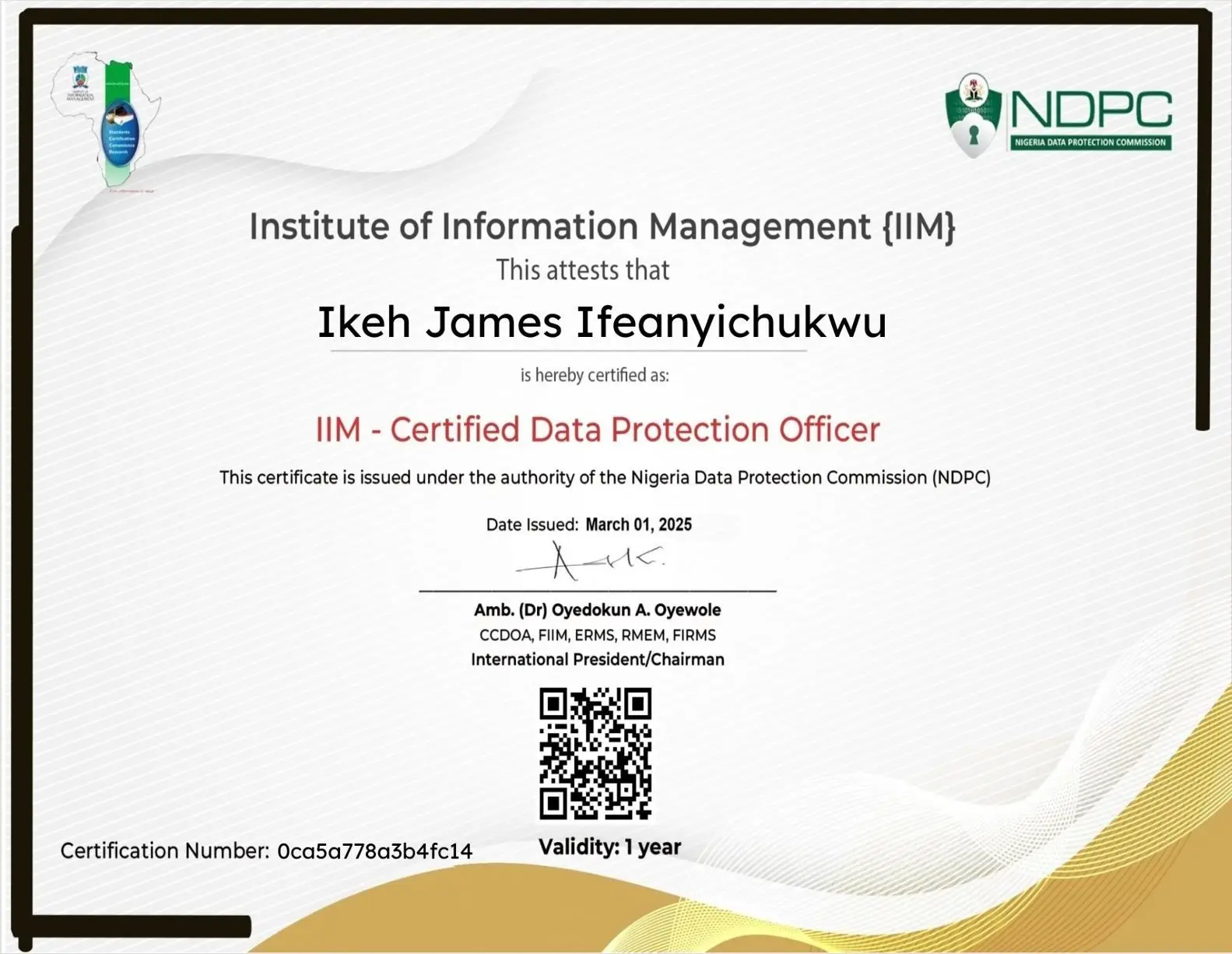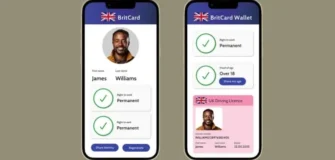Best Camera Phones for Content Creators
Share

The smartphone camera is a primary tool in the content-creator’s kit in 2025. Whether you’re a vlogger, social media influencer, travel blogger, or product photographer, your phone must deliver high-end image quality, reliable video features, and usability in real-world conditions. But with dozens of flagship and midrange phones on the market, how do you pick one that truly meets the demands of professional content creation?
What Matters Most: Key Criteria for Content Creators
| Criterion | Why It Matters | Ideal Specification / Feature |
| Sensor & Optics | Bigger sensors and better lenses capture more light and detail. | 1/1.4″ to 1″ class sensors, periscope or telephoto lenses with optical zoom, large apertures (e.g. f/1.8–f/2.8) |
| Image Processing & Computation | All modern phones rely heavily on software to improve image quality. | Strong computational photography (smart HDR, noise reduction, AI processing) |
| Video Capabilities | Video is central to content: you need robust frame rates, stabilization, logs/flat profiles. | 4K@60 fps (or better), 10-bit or higher, LOG/flat recording, OIS + advanced stabilization |
| Autofocus & Stabilization | Sharp, stable footage makes the difference between pro and amateur. | On-sensor PDAF, phase detect AF, dual pixel AF, gimbal-like stabilization |
| Low-light / Night Performance | Many shoots happen indoors, in dim light, or at golden hour. | Excellent noise handling, multi-frame stacking, large pixel size |
| Lens Versatility | Wide, ultra-wide, macro, telephoto — creators need options. | At least 3 lenses (wide, ultra-wide, telephoto) or high-quality zoom lens |
| Manual/Pro Controls & RAW Support | You want creative control in editing. | Full manual mode, RAW (e.g., DNG, ProRAW), exposure controls, granular settings |
| Front / Selfie Camera & Audio | Self-facing video (vlogs, live) demands strong front cam + audio capture. | 1080p/4K front recording, good mic, support for external mic |
| Battery, Thermal, Storage & Workflow | Capacity, sustained performance, and fast I/O matter. | Big battery (5,000 mAh+), good thermal management, fast storage (UFS 4.0 / LPDDR5x), USB-C / Thunderbolt, adaptability to external accessories |
Top Camera Phones for Content Creators (2025)
1. Samsung Galaxy S25 Ultra
Often ranked as the most consistent all-rounder.
- Why pick it: It combines a massive 200 MP main sensor with multiple telephoto options, excellent stabilization, and AI-enhanced imaging.
- In practice: Photographers and creators report using the S25 Ultra daily, sometimes even as a replacement for mirrorless gear.
- Caveats: Its aggressive image sharpening in certain modes may require more post-processing finesse.
2. Google Pixel 9 Pro / 9 Pro XL
A powerhouse in computational photography.
- Why pick it: Pixel’s “point and shoot, but with pro-level results” reputation holds strong. The software delivers excellent dynamic range, low-light clarity, and AI tools like Magic Editor and Best Take.
- In practice: For creators prioritizing consistency no fuss, always good output Pixel is a safe choice.
- Caveats: Telephoto zoom doesn’t match some competitors in reach or detail.
3. Apple iPhone 16 Pro / Pro Max
Still one of the strongest video-focused offerings.
- Why pick it: Excellent video pipeline (ProRes, cinematic modes, seamless ecosystem), stable color science, and strong third-party app support.
- In practice: Many mobile filmmakers prefer iPhones for their seamless integration with Final Cut, and for using external accessories (mic rigs, gimbals).
- Caveats: Apple tends to limit some codec flexibility; heavy reliance on Apple’s closed ecosystem.
4. Xiaomi 15 Ultra / Oppo / Vivo Flagships
Rising stars in the camera phone space.
- Why pick them: These phones often pack huge sensors, ambitious zoom designs, and high-end image tuning co-developed with camera brands.
- In practice: Some creators choose these for creative flexibility — e.g. the ability to mount lenses, get cinematic color profiles, or experiment with extreme zooms.
- Caveats: Software update support and ecosystem polish sometimes lag behind Apple or Samsung
5. Sony Xperia 1 VII
A niche pick for creators who want full manual control and legacy camera integration.
- Why pick it: Built for visionaries, with manual controls, exposure features, and even integration with Sony Alpha ecosystems.
- In practice: If your workflow mimics pro cinema tools, this phone lets you treat it more like a miniature camera rig than a phone.
- Caveats: Less intuitive for casual users; some compromises in UI finesse.
How to Choose Your Best Camera Phone (Step-by-Step)
Here’s a decision tree you can follow based on your priorities:
| Your Priority | Best Option | Reason |
| Maximum video / filmmaking | iPhone 16 Pro / Pro Max | Strong codec support, stable pipeline, extensive accessory support |
| Image-first creators / photography | Pixel 9 Pro / S25 Ultra | Best detail, dynamic range, and versatile optics |
| Advanced manual control | Xperia 1 VII or Xiaomi Ultra series | Full control over exposure, pro-grade features |
| Budget / midrange but still high performance | Look for last-generation flagships (e.g. Pixel “a” series, or older Samsung models) | Many features trickle down, providing strong value |
| Strong ecosystem + long-term updates | Apple or Samsung | Regular updates, accessory support, software maturity |
Also consider:
- Storage & transfer speeds: 512 GB or 1 TB internal storage helps, especially when shooting RAW or high-bitrate video.
- Heat management: Continuous recording generates heat. A phone that thermal throttles will degrade over hour-long shoots.
- Accessory ecosystem: Tripods, gimbals, cases, ND filters — see how well-supported the model is.
- Future-proofing: Look for phones with 10-bit, ProRes/Log support, and compatibility with external accessories.
Frequently Asked Questions (FAQ)
Q1. Do more megapixels always mean better photos?
Not necessarily. Beyond a certain point, more megapixels with a small sensor may lead to more noise, especially in low light. Balancing megapixels with sensor size, optics, and processing is critical.
Q2. Can a phone replace a mirrorless or DSLR for serious content creation?
In many cases, yes especially for social media, vlogs, and lighter productions. But for challenging lighting, extreme telephoto, or highly cinematic looks, dedicated cameras still offer distinct advantages (interchangeable lenses, larger sensors, more control).
Q3. What about stabilization is it enough?
Modern phones with optical image stabilization (OIS) plus electronic stabilization are very capable. For the smoothest motion (walking shots, cinematic pans), combining a gimbal or optical/floating lens module still enhances results.
Q4. Which phone is best for low light / night content?
Pixels (especially Pixel 9 Pro) have consistently strong night performance thanks to multi-frame stacking and excellent software denoising. Samsung and Apple also do well, but detail retention may vary.
Q5. Should I prioritize video or photo features?
It depends on your content mix. If your primary output is video (vlogs, YouTube), prioritize video codec support, frame rates, stabilization, and external mic support. If your work is heavily photography (travel, street, product), opt for sensor size, lens quality, and RAW flexibility.






































Leave a Reply